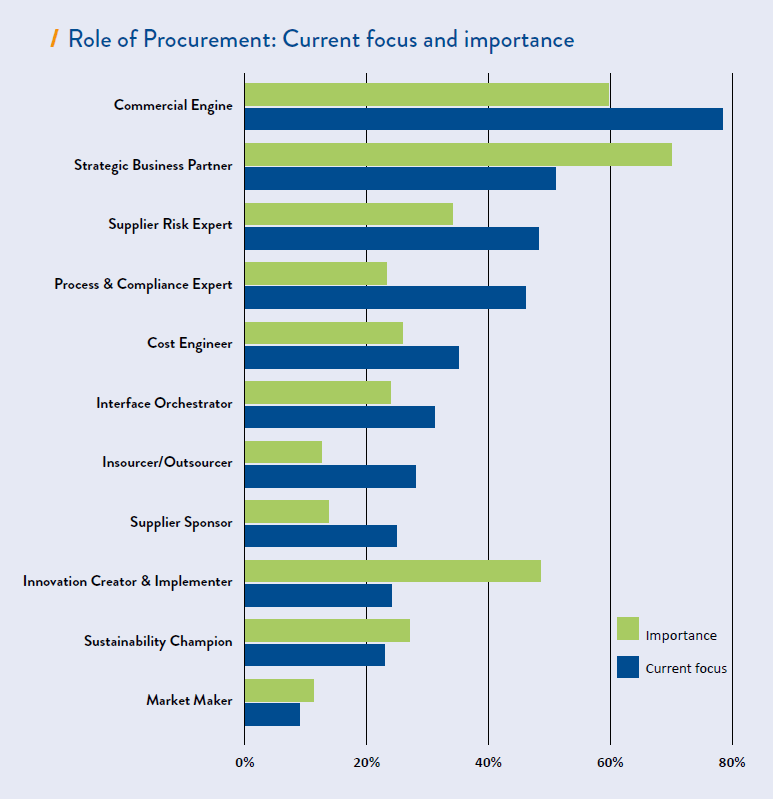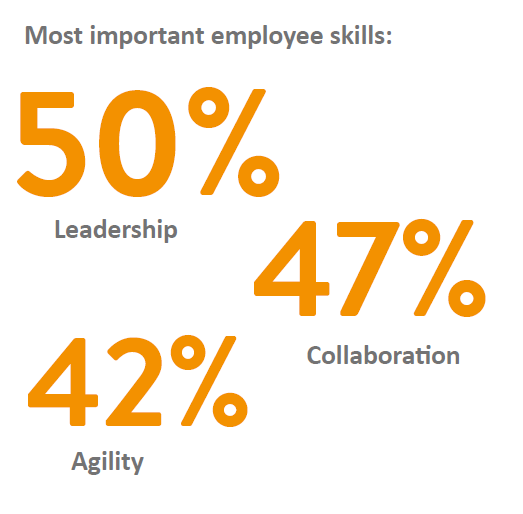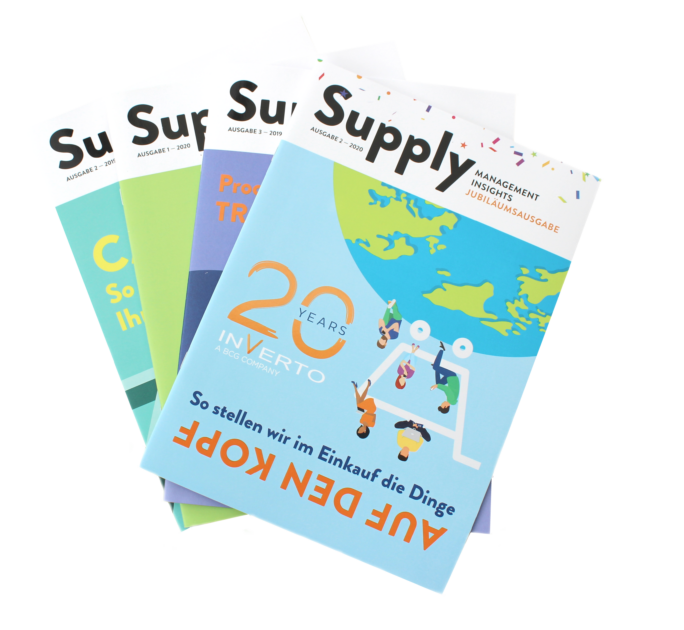Supplier as an innovation partner
Suppliers are often more innovative and more ambitious in their fields than the customers who buy their products. They know best about which products are competitive, what the underlying technologies are, and what development opportunities exist. Their customers, in turn, are in contact with end customers, and therefore know about their needs and behavior. Close cooperation on innovation is very much worth it, for both sides. But how can this work?
When seeking to involve external development partners, procurement forms a vital link to various functional areas. Close cooperation with specialist departments within the company and communication with suppliers can help procurement to create new alliances. Of course, this only works if procurement understands the needs of the specialist departments better than ever before and can also grasp the challenges for which suppliers need to develop innovative solutions.
To engage suppliers in the development process, procurement must develop cooperation even further within a performanceoriented partnership. The focus here shifts from pure negotiation, which focuses on quantities and prices, toward give and take, in which further factors such as cooperation, open exchange, and exploring shared perspectives come to the fore. The aim is to increase performance to a level previously thought impossible, based on specifically defined expectations. That way, both sides can benefit from the new-found cooperation.




